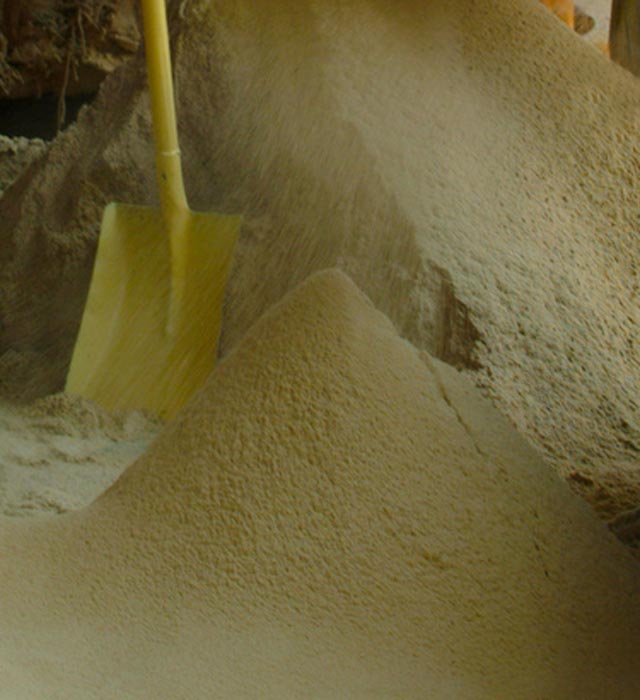Rice bran
 One hundred kilogram (100 kg) of paddy rice will generate approximately 5−10 kg of bran. Rice bran is a mixture of substances, including protein, fat, ash, and crude fiber. In many cases, bran contains tiny fractions of rice hull, which increases the ash content of bran. Bran composition is largely dependent on the milling process.
One hundred kilogram (100 kg) of paddy rice will generate approximately 5−10 kg of bran. Rice bran is a mixture of substances, including protein, fat, ash, and crude fiber. In many cases, bran contains tiny fractions of rice hull, which increases the ash content of bran. Bran composition is largely dependent on the milling process.
In modern rice mills, several different kinds of bran are produced: coarse bran (from the first whitening step), fine bran (from second whitening step) and polish (from the polishing step). Polish consists of part of the endosperm and is often referred to as meal.
Rice bran has a high nutritive value. Besides proteins, rice bran is an excellent source of vitamins B and E. Bran also contains small amounts of anti-oxydants, which are considered to low cholesterol in humans. Rice bran contains 10−23% bran oil. The oily nature makes bran an excellent binder for animal feeds. Bran oil, once stabilized and extracted, is a high quality vegetable oil for cooking or eating. The conventional use of rice bran is as ingredient for animal feeds, in particular ruminants and poultry. In recent years however, advances in stabilization techniques have been made which has led to new uses for bran and its derivatives, most notably bran oil for cooking and waxes for cosmetic products. In the developing countries, rice bran is underutilized due to a lack of suitable stabilization techniques.







